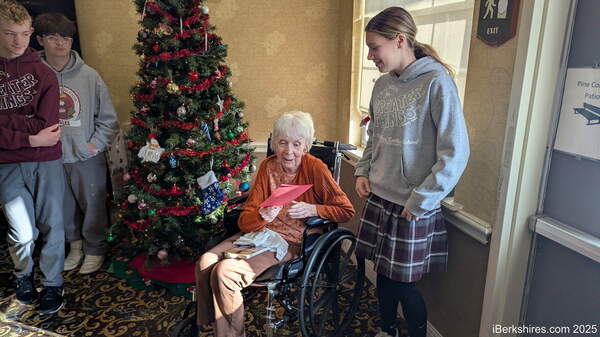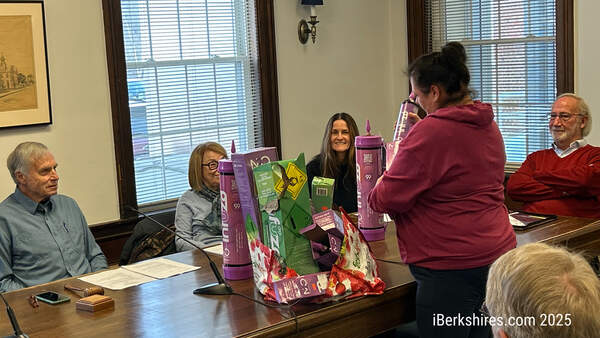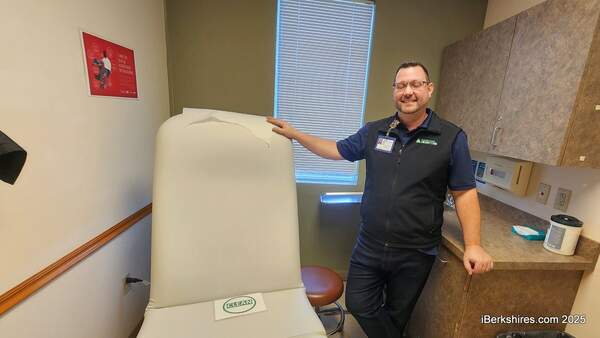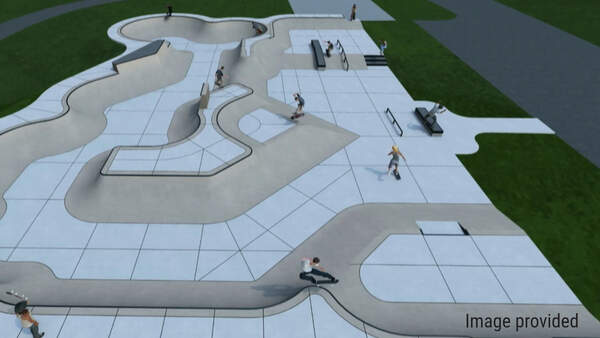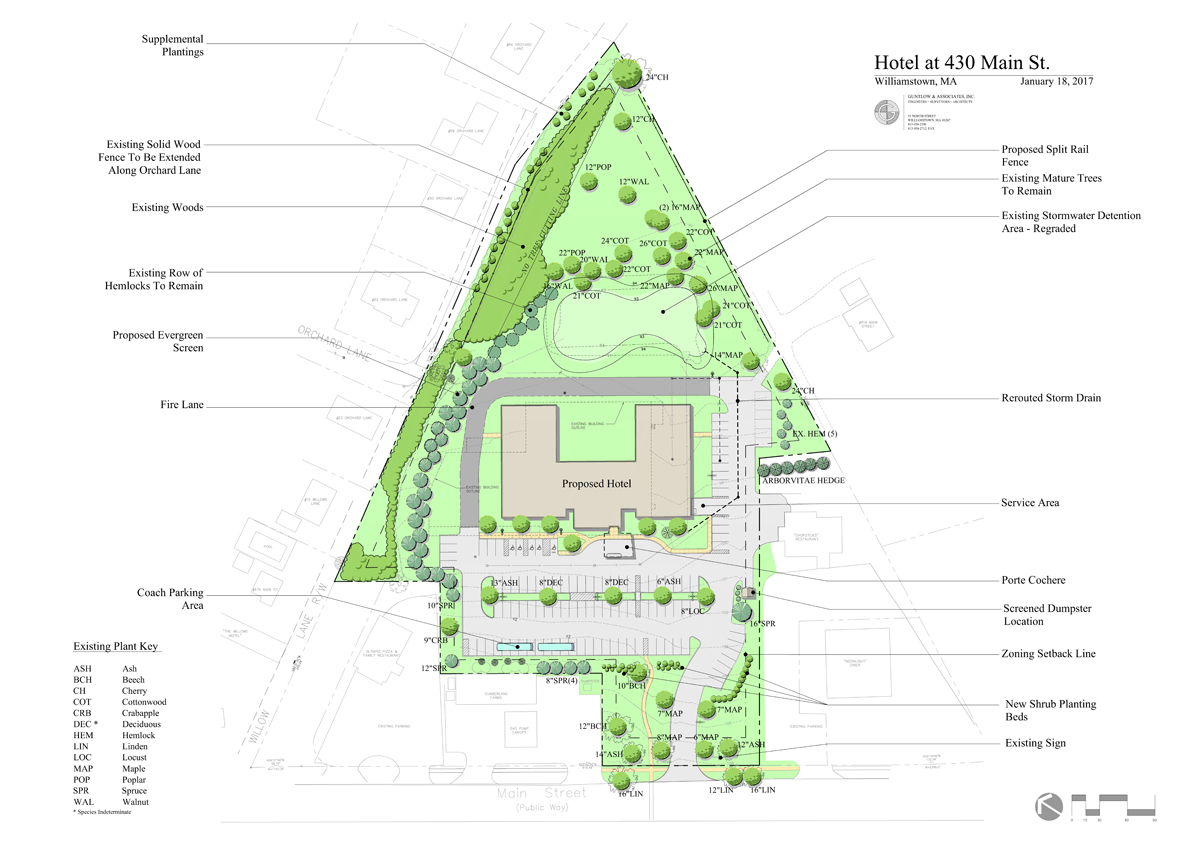
Williamstown Zoning Board OKs Main Street Hotel Permits
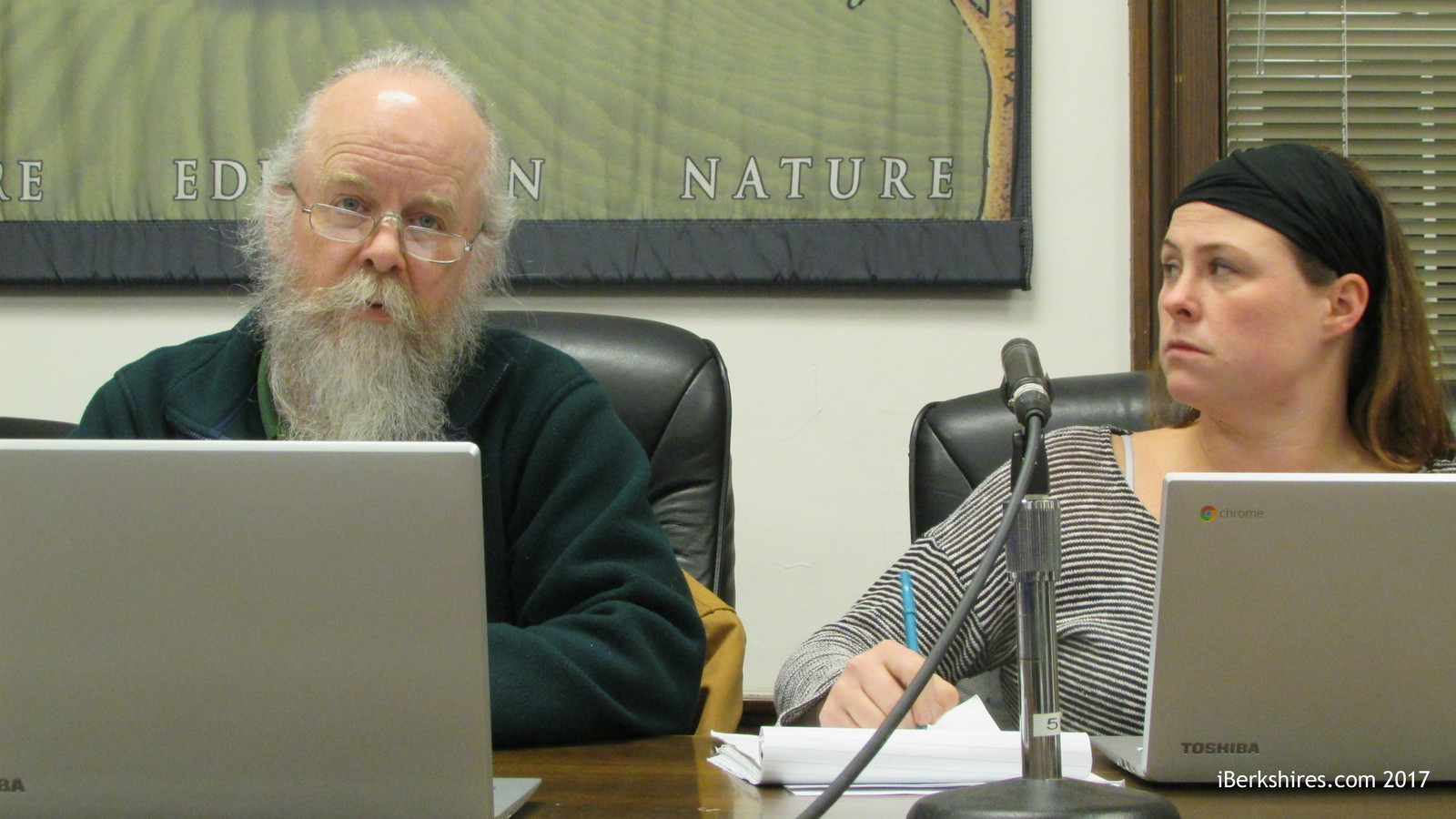
WILLIAMSTOWN, Mass. — The Zoning Board of Appeals Thursday voted 5-0 to approve special permits to allow a 95-room hotel at the former site of the Grand Union at 430 Main St. (Route 2).
Petitioner Navin Shah and his development team were back at Town Hall for a continuation of the ZBA's Dec. 15 hearing on his application to allow a three-story, 53,000-square-foot hotel at the site.
On Thursday, engineer Vincent Gutlow presented a number of modifications to the plan since the Dec. 15 hearing, and the ZBA placed several restrictions on the plan — all to satisfy the concerns raised by residents in the neighboring Colonial Village housing development.
"We're talking about requesting several special permits, many of them are trying to maintain existing nonconformities with relation to the existing site that is there," Guntlow said. "That includes the stormwater detention being on the residential side of the district boundary line. Again, that's an existing stormwater basin that we're trying to modify a bit, make it more natural looking. We'll make the grades a little shallower. The volume is slightly larger than it is now."
The front portion of the 430 Main St. property, along with other commercial parcels on that section of Main Street, was rezoned as part of the Planned Business District in 2013. Several businesses, including the offices that occupy the former Grand Union building, were non-conforming parts of the residential district that formerly covered the area. The current line between Planned Business and Residential units bisects the 430 Main St. parcel — roughly along the line where the fire lane at the rear of the proposed hotel would be.
Since Shah first proposed tearing down the Grand Union building and erecting a hotel, the design has changed several times in response to concerns from the neighbors. Perhaps the biggest change was made in December, when Shah agreed to move the building 40 feet to the east. After the initial hearing in mid-December, the ZBA held a site visit to look at how impacts to the residences could be minimized.
Notable among the modifications announced Thursday: the elimination of a walking path at the rear of the property and an increase in the length of a fence and the height of the trees to be planted on the west side of the lot, where the proposed hotel's land abuts the neighboring homes.
The walking path addressed one of the concerns the neighbors had raised about strangers wandering around the property and into the adjoining areas.
A similar concern was raised by Orchard Lane resident Cory Campbell, who pressed Shah to declare whether he planned to have outdoor events in the courtyard created on the north side of the planned building by its "U" shape.
"We have no intention of having any bands or music," Shah said.
Campbell asked why the hotel design would include a courtyard if it is not going to be used. Shah's architect, Ann McCallum, explained that the three-story hotel was designed in a U in order to maximize window exposure of guest rooms at the site. The developer previously has said that the site's natural views will be a draw for the hotel.
Another issue first raised at the Dec. 15 hearing was the possibility that increased Internet usage by hotel guests at all hours of the day could reduce the bandwidth available to residences served by the same network.
Shah's attorney, Stephen Pagnotta, told the board that the hotel would be served by a separate Internet service.
"Mr. Shah talked to Spectrum, and they indicated they would provide a fiber [optic] line to the hotel that would not affect the neighbors' coaxial cable line service," Pagnotta said.
Guntlow told the board that the latest drawings on file, which would be used for eventual building permitting, show a 6-foot, solid, stockade style fence extended to the end of the property and trees ranging up to 18 to 20 feet high at planting.
"That becomes a pretty substantial cost to put in that size tree," Guntlow said.
Guntlow also provided additional information to the board about the efficacy of the plan's modification to the retention pond at the rear of the hotel property. He showed the board stormwater detention volume calculations that indicate regrading the pond will increase the volume slightly, and replacing the invasive species honeysuckle with native grasses will increase the area's evapotranspiration rate — the process by which water is transferred from land to the atmosphere by evaporation from soil and transpiration from plants.
In response from questions from the abutters, the ZBA and Community Development Director Andrew Groff clarified that any changes to the project deviating from the drawings and text submitted to the town as of Thursday night — not to mention deviating from the specific orders and conditions of the ZBA — would require a return trip to Town Hall for a public hearing and permission from the board.
Most of the public comments on Thursday focused on conditions to lessen the impact on neighbors — including during the demolition and construction of the property. But at least one alluded to a concern voiced at the Dec. 15 hearing: Williamstown does not need a new 95-room hotel.
"My understanding of this board's remit is it's designed to consider the detriment of the neighborhood as well as the general well being of the town," Alexander Davis of Orchard Lane said. "After the last meeting, I was a little confused about that. … The position was taken that the board couldn't say yea or nay based on whether the hotel is best for the town.
"The good of the town and the detriment of the neighborhood are also being weighed here?
ZBA Chairman Andrew Hoar assured Davis that they were.
Later, ZBA member Keith Davis reminded the audience that while special permits were needed, the possibility of a hotel was contemplated in the redistricting approved by town meeting in 2013.
"Once it's Planned Business, any use that's allowed in Planned Business is allowed," Davis said.
In other business on Thursday, the ZBA approved the change of a non-conforming use at 544-628 Hancock Road, where Gregory Islan sought permission to raze and replace one of two houses on the parcel. By law, only one residence is allowed on the parcel, but the two existing structures predate the zoning ordinance.
Davis asked why Islan was before the ZBA instead of the Planning Board, which could approve a subdivsion of the parcel. Groff explained that while subdivision was an option, it would require the property owner to hire a surveyor.
The ZBA process was quicker and less expensive and allowable, and Islan's proposal essentially brings the site more into conformance with zoning by increasing the setback of his planned replacement building.
Write-thru with more details at 1:36 p.m. on Jan. 20.
Tags: motels, hotels, ZBA,



